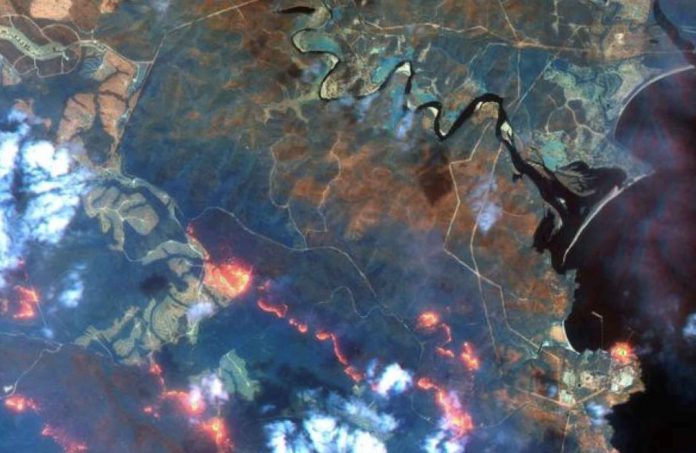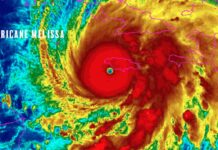
Australia’s bushfires are making rising CO2 levels measurably worse, underscoring the impact of the catastrophe on the global climate system
By Matthew Green
LONDON (Reuters) – Australia’s bushfires are contributing to one of the biggest annual increases in the concentration of carbon dioxide in the Earth’s atmosphere since record-keeping began more than 60 years ago, according to a forecast published by Britain’s Met Office on Friday.
While human-caused greenhouse gas emissions are responsible for the bulk of the increase in CO2 levels, Australia’s bushfires have made the problem measurably worse, underscoring the impact of the catastrophe on the global climate system.
“A forecast of the atmospheric concentration of carbon-dioxide shows that 2020 will witness one of the largest annual rises in concentration since measurements began at Mauna Loa, in Hawaii, 1958,” the Met Office said in a statement.
It said the atmospheric concentration of CO2 is expected to peak above 417 parts per million in May, with the average for the year forecast to be 414.2 ± 0.6ppm. This annual average represents a 2.74 ± 0.57 ppm rise on the 2019 average.
Concentrations of CO2 in the Earth’s atmosphere have already far surpassed what scientists consider to be safe limits.
At a climate summit in Madrid in December, U.N. Secretary-General Antonio Guterres warned that 400 ppm had once been considered “an unthinkable tipping point.”
The last time there was a comparable concentration of CO2 in the atmosphere was between 3 and 5 million years ago, when the temperature was between 2 and 3 degrees Celsius warmer and sea levels were 10 to 20 meters higher than today, scientists say.
Although the data series started in 1958 has always shown CO2 concentrations increasing year-on-year, driven by fossil fuel burning and deforestation, the rate of rise has not been perfectly even, the Met Office said.
Fluctuations in the amount of CO2 absorbed by tropical forests and other natural carbon sinks can affect the overall levels of the gas in the atmosphere.
“Overall these are expected to be weaker than normal for a second year running,” said Richard Betts, of the Met Office Hadley Centre and the University of Exeter.
This year, the Met forecasts that the impact of weather patterns on global ecosystems will increase the annual human-caused rise in CO2 concentration by 10%, with emissions from the Australian fires accounting for one-fifth of that increase.
Australia’s fires are themselves a foretaste of the kind of catastrophes that are liable to become normal as the planet warms, with prolonged drought and low humidity making arid landscapes more vulnerable to huge blazes, scientists say.
The CO2 forecast underscored the urgency of the task facing negotiators trying to persuade big countries to cut emissions under the 2015 Paris Agreement to combat climate change, which is still nowhere near on track to spare the world from devastating temperature increases.
The accord enters a crucial implementation phase this year, with governments due to submit more ambitious plans for climate action ahead of a summit in Glasgow in November. Australia’s government is regarded as among the main laggards.
Last month, the 2020 Climate Change Performance Index rated Australia as one of the worst performers among 57 high-emitters, awarding it 0 out of 100 possible points for its policies.
(Reporting by Matthew Green; Editing by Tom Brown)






